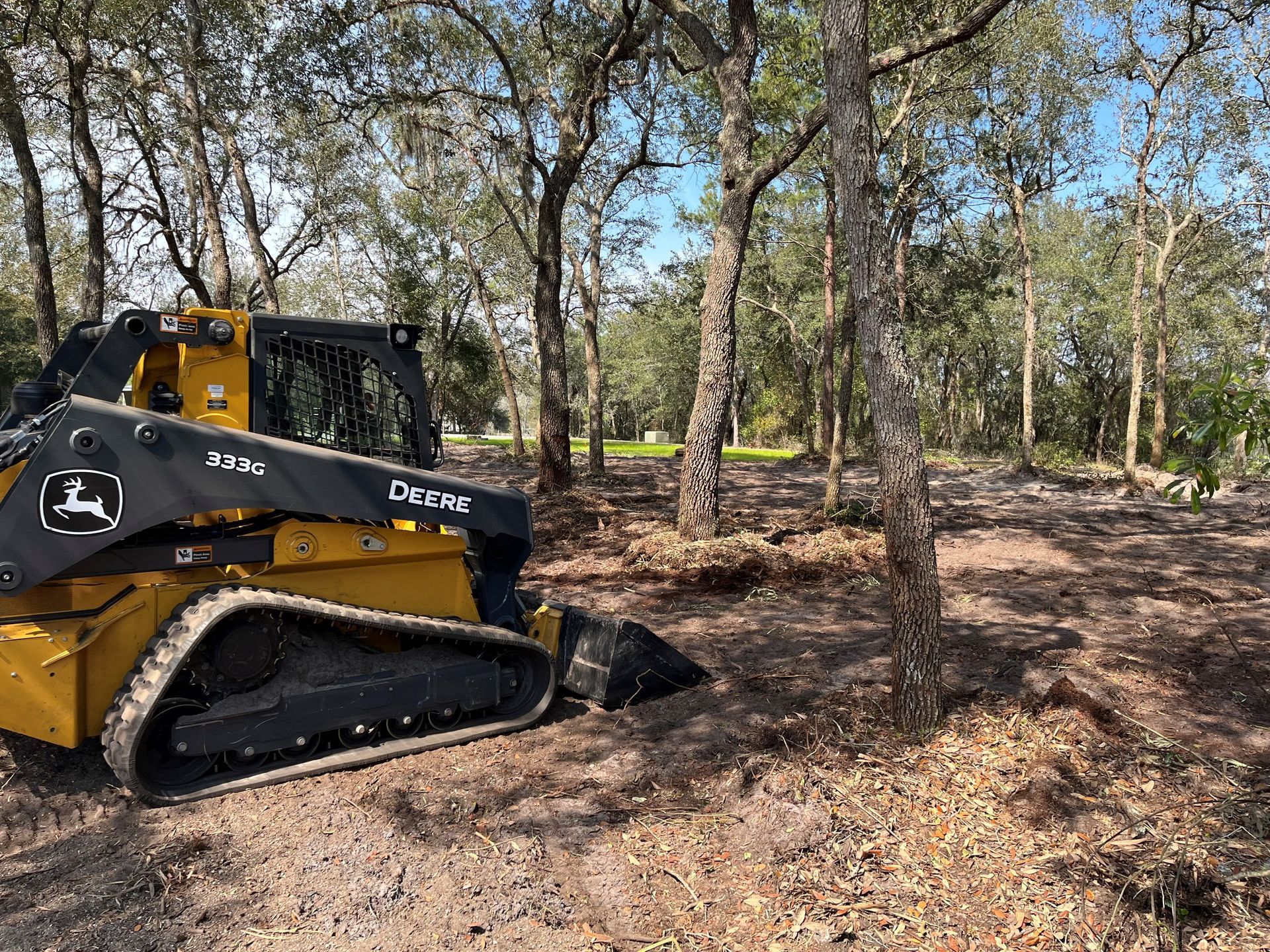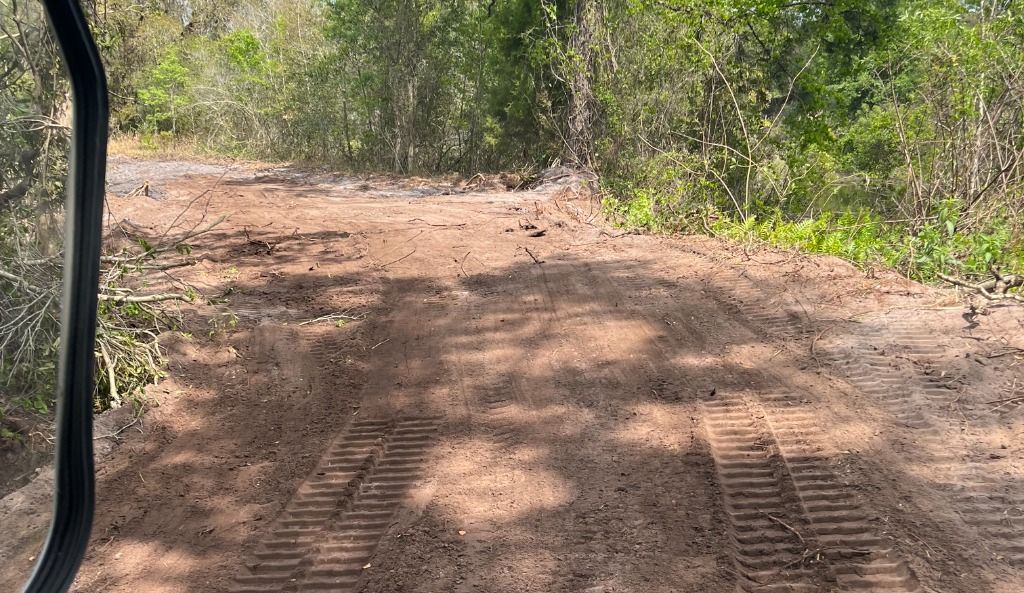What Does Land Clearing Consist Of?
Understanding Land Clearing

What Does Land Clearing Consist Of?
Land clearing is a crucial process in various industries, including agriculture, construction, and real estate development. It involves the removal of trees, shrubs, stumps, and other vegetation from a plot of land to prepare it for its intended use. Whether you are planning to build a new home, expand your farming operations, or develop commercial property, understanding what land clearing consists of is essential. In this blog post, we will delve into the various aspects of land clearing services to provide you with a comprehensive overview.
Understanding Land Clearing
What is Land Clearing?
Land clearing refers to the process of removing natural obstacles such as trees, bushes, rocks, and other debris from a piece of land. This process is often necessary to make the land usable for construction projects, agricultural activities, or other purposes. The scope and complexity of land clearing can vary significantly depending on the size and condition of the land.
Why is Land Clearing Necessary?
There are several reasons why land clearing services are essential:
- Preparation for Construction: Before any building can commence, the land must be cleared to provide a stable foundation.
- Agricultural Use: Farmers often need to clear land to plant crops or create pastures for livestock.
- Fire Prevention: Removing dense vegetation can reduce the risk of wildfires.
- Aesthetic Improvement: Clearing overgrown areas can enhance the visual appeal of a property.
The Land Clearing Process
Initial Assessment
The first step in any land clearing project is an initial assessment. Professionals will evaluate the site to determine the extent of work required. This assessment includes identifying types and quantities of vegetation that need removal and any potential hazards such as large rocks or uneven terrain.
Obtaining Permits
Depending on your location and the scope of your project, you may need permits before starting any land clearing activities. Regulations vary by region but generally aim to protect environmental resources such as wetlands and endangered species habitats.
Choosing Appropriate Equipment
The equipment used in land clearing services can range from simple hand tools like chainsaws and axes to heavy machinery like bulldozers and excavators. The choice depends on factors such as:
- Size of the Area: Larger areas may require more powerful machinery.
- Type of Vegetation: Dense forests may need different equipment compared to open fields.
- Terrain: Steep or rocky terrain might necessitate specialized machinery.
Vegetation Removal
Once all preparations are complete, the actual process of vegetation removal begins:
- Tree Felling: Large trees are cut down using chainsaws or heavy machinery.
- Stump Removal: Stumps are either dug out manually or removed using stump grinders.
- Brush Clearing: Smaller plants and shrubs are cleared away using brush cutters or mulchers.
Debris Disposal
After removing vegetation, disposing of debris is another critical step in land clearing services:
- Burning: In some cases, debris can be burned on-site if local regulations permit it.
- Chipping/Mulching: Wood chips produced from tree felling can be used as mulch for landscaping purposes.
- Hauling Away: Debris that cannot be reused on-site may need to be transported off-site for proper disposal.
Environmental Considerations
While land clearing is often necessary for development projects, it's essential to consider its environmental impact:
- Soil Erosion Control: Removing vegetation exposes soil which can lead to erosion if not managed properly.
- Wildlife Displacement: Clearing large areas disrupts local wildlife habitats; measures should be taken where possible to minimize this impact.
- Water Management: Proper drainage systems should be implemented post-clearing to prevent waterlogging issues.
Hiring Professional Land Clearing Services
Given its complexity and potential risks involved (both safety-wise & environmentally), hiring professional land-clearing services ensures that your project complies with all regulations while being completed efficiently & safely:
- Professionals have access & expertise with specialized equipment needed for different types/conditions/scale projects
- They understand local laws/regulations ensuring compliance avoiding legal issues/fines
- Experienced teams handle unexpected challenges effectively reducing delays/cost overruns
Conclusion
Land clearing consists not only removing unwanted vegetation but also involves careful planning/assessment ensuring minimal environmental impact while preparing site-specific needs efficiently/safely complying with all relevant regulations/laws! Whether you're looking at small-scale residential projects large commercial developments hiring professional service providers ensures smooth hassle-free experience delivering optimal results tailored specific requirements!
By understanding what goes into effective comprehensive approach towards successful completion any given task/project related field one better appreciate importance/value offered by experienced professionals specializing this area expertise!


